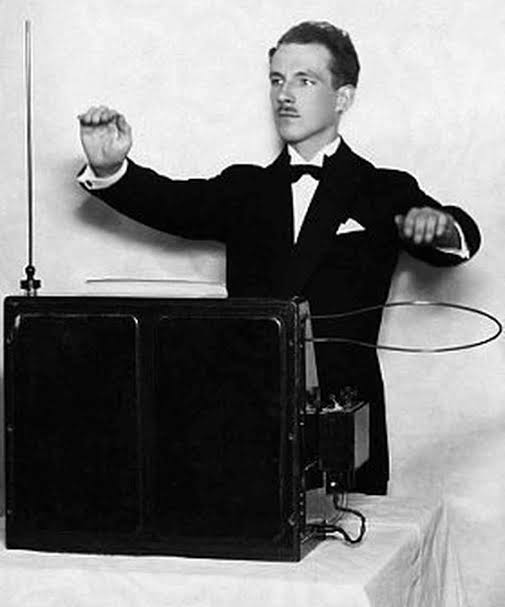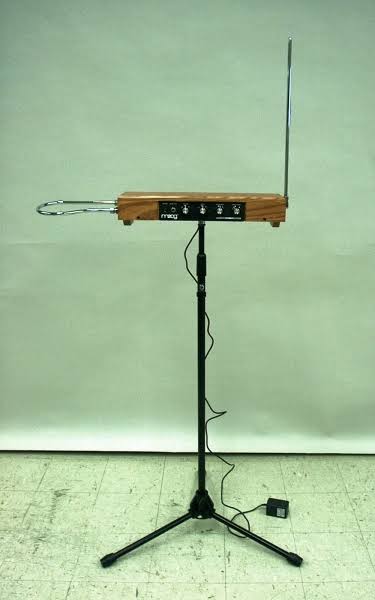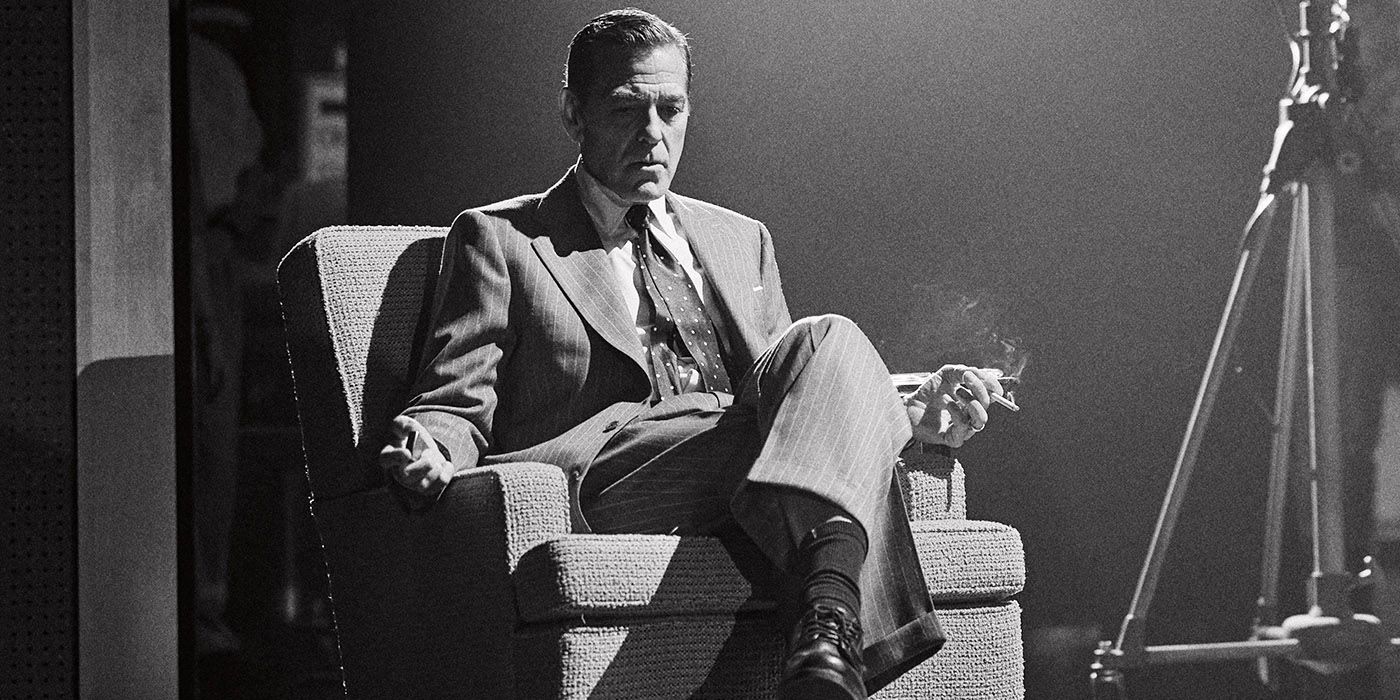Meet the Theremin: The Weirdest Instrument You’ve Never Heard Of

INTRODUCTION: SOUND WITHOUT TOUCH
Imagine playing music without strings, keys, or drums, just waving your hands in thin air to summon sound. No contact. No cords. Just motion and melody.
This isn’t a scene from a sci-fi film. It’s the world of the theremin—an eerie, otherworldly instrument invented in 1920 by Russian physicist Leon Theremin. Controlled entirely by hand gestures near two metal antennas, the theremin produces ghost-like tones that have haunted classic horror films, mesmerized experimental musicians, and puzzled curious onlookers for over a century.
But here’s the twist: while the theremin is well-known in experimental circles in the West, it has remained mostly absent from Africa’s rich and dynamic soundscape.
Now, that’s starting to change.
With Africa’s growing appetite for sonic innovation, genre-blending music, and futuristic narratives, from Afrobeats to Afrofuturism, the theremin may be stepping into new terrain. And the possibilities are as weird as they are wonderful.
WHAT IS A THEREMIN, REALLY?

Photo Credit: UCSB Physics
A. A Musical Ghost
At first glance, the theremin looks more like a radio antenna experiment than a musical instrument. But once it sings—there’s no mistaking its voice. Ghostly, gliding, and almost human in its pitch, the theremin creates music that feels like it’s floating from another dimension.
Here’s how it works:
The theremin has two metal antennas—a vertical one for pitch and a horizontal loop for volume. Your right hand controls pitch by moving closer or farther from the vertical rod; your left hand controls volume by hovering over the horizontal loop. There are no keys, no strings, no touch, just air, motion, and electromagnetic fields.
As your hands move, the pitch and tone shift, allowing skilled players to produce melodies that swoop, tremble, and bend like something between a violin, a human voice, and a UFO landing.
The sound is so distinct that Hollywood took notice early. The theremin became a staple in 1950s sci-fi films like The Day the Earth Stood Still and Spellbound, giving those stories their otherworldly edge. It’s music that feels haunted—by genius, by electricity, by the unseen.
B. A Bit of History
The theremin’s backstory is almost as bizarre as its sound.
Invented in 1920 by Russian physicist Léon Theremin, also known as Lev Sergeyevich Termen, it was initially created during experiments with proximity sensors and electromagnetic fields. But when Soviet officials saw its strange musical potential, they pushed it onto the global stage as a symbol of futuristic Soviet innovation.

Photo Credit: Wikipedia
Léon Theremin toured Europe and the U.S., performing and patenting his creation. He later worked for the Soviet Union in the 1930s and reportedly built spy technology for the KGB.
Meanwhile, the theremin gained cult popularity in the West—used in Hollywood soundtracks, experimental music, and even by classical composers. Still, it remained a niche, strange fascination—admired but never mainstream.
Today, it's making quiet waves in new corners of the world—including, perhaps unexpectedly, Africa.
Why It’s Strangely Perfect For Africa
A. A Match for Sonic Experimentation
Africa is no stranger to sonic invention. From the hypnotic polyrhythms of the talking drum to the melodic storytelling of the kora and the earthy resonance of the balafon, the continent’s music has always been a blend of rhythm, spirit, and innovation.
Enter the theremin—a sound so unfamiliar, so fluid, it could easily become the next tool in Africa’s long tradition of musical experimentation.
Though it may seem alien, the theremin's expressive tone fits surprisingly well alongside traditional African instruments. Like the voice-led intonations of griots or the bending notes of a desert flute, the theremin isn’t bound by rigid notes—it floats, flows, and responds to the body. That physical, intuitive approach to music-making is at the core of many African traditions.
And this isn’t without precedent. Fela Kuti fused Yoruba rhythms with psychedelic funk and jazz. Sun Ra took jazz to the cosmos, crafting celestial sounds that transcended genre. In their spirit, the theremin becomes more than just a novelty—it becomes a new language for spiritual and cultural expression.
B. Cultural Potential
The theremin isn’t just a sonic oddity—it’s a symbol. Its strange, untouchable sound fits perfectly into emerging African cultural movements that embrace futurism, mysticism, and radical creativity.
Think Afrofuturism: a genre where technology, tradition, and Black identity collide to reimagine African narratives beyond colonial constraints. The theremin—with its alien tones and sci-fi legacy—could be the perfect soundtrack to these visions.
But it doesn’t stop there. In a continent where sound healing, ancestral invocation, and spiritual ceremonies remain alive and essential, the theremin could find resonance in sacred spaces as well as nightclubs. Its tones mimic breath, cry, wind, and whisper—perfect for rituals that center the unseen and the unsaid.
And as electronic music gains momentum across Africa—through genres like Afrohouse, Amapiano, and Alté—the theremin could add a fresh voice, an unexpected texture, and a connection to something timeless, yet totally new.
In other words, Africa might not have asked for the theremin—but once it meets it, it may never let it go.
Can African Musicians Experiment with the Theremin?
The theremin has yet to become mainstream in Africa—but the seeds are quietly being planted.
As of now, few African artists are known to incorporate the theremin into their music in a consistent, headline-grabbing way. But that’s less a reflection of disinterest and more about access and exposure. The theremin is niche, expensive, and often seen as a Western curiosity—not yet part of Africa’s musical vocabulary.
Still, the potential is undeniable.
Across the diaspora, artists with African heritage can use the theremin-like sounds, using synthesizers, voice modulations, and effects that mimic its eerie glide. Some sound designers in South Africa and Kenya have begun sampling theremin tones in Afrohouse and Alté productions, layering it over beats for mood and mystery.
And what if... Africa leaned into the weird?
Imagine a theremin and talking drum duet—where ancient rhythm meets invisible melody.
Or a theremin + Amapiano fusion—blending frequencies with log drum drops.
Or a North African trance ritual—where the theremin becomes a spiritual instrument alongside Gnawa chants and desert rhythms.
With experimental scenes growing in Lagos, Nairobi, Accra, and Johannesburg, the question isn't whether Africa will embrace the theremin, it's who will be bold enough to go first.
The artists are out there. The curiosity is rising. And when the theremin finally lands in the right hands on the continent, it won’t just be played—it’ll be reimagined.
THE FUTURE: From Novelty To New Wave
A. Educational Use
The theremin is more than just a curiosity—it’s a classroom waiting to happen.
With Africa’s push toward STEAM education (Science, Technology, Engineering, Arts, and Mathematics), the theremin could become an ideal tool to bridge science and sound, physics and creativity. It offers a hands-on (or rather hands-off) demonstration of electromagnetic fields, wavelengths, and audiophysics—all through play and performance.
In music education, the theremin challenges traditional ideas of control and composition. It introduces young musicians to abstract thinking, improvisation, and tech-based sound design. Schools across the continent could use it to spark curiosity—not just in music, but in engineering, coding, and creative tech.
Imagine: a child in Dakar or Nairobi learning pitch, frequency, and spatial awareness, not from a whiteboard, but from conducting the air like an invisible orchestra.
B. Tech + Tradition
Africa has always thrived at the intersection of innovation and ancestry—from the talking drum’s coded language to the kora’s cascading melodies. The theremin might seem strange at first, but in the right cultural context, it could unlock entirely new genres of African sound.
What happens when you blend theremin tones with djembe rhythms?
Or pair its soaring frequencies with Igbo flute, Tuareg guitar, or Zulu chants?
We may be standing at the edge of an African electronic renaissance—a movement that fuses traditional instruments with digital tools to create something wholly original. The theremin, with its alien voice and analog soul, could be the emblem of this future.
More than just an instrument, the theremin becomes a symbol of creative freedom—of not being limited by touch, tradition, or territory. It challenges African musicians not just to remix the past, but to invent what comes next.
And in doing so, it invites the continent to take one of the world’s weirdest instruments and make it undeniably African.
CONCLUSION: Strange, But Full Of Promise
To most, the theremin is a novelty, an oddity best suited for sci-fi films and experimental concerts. But to a new generation of African creators, it holds something deeper: possibility.
Its touchless nature, its eerie tones, and its mystery offer something rare in today’s digital music age, a challenge. A blank canvas. A voice that has yet to be translated into African rhythms, rituals, and stories.
In a continent where music is more than entertainment, where sound is a language, a history, a spirit, the theremin could become more than an imported toy, it could become a tool for storytelling, for spirituality, for sonic invention.
Yes, it's weird.
Yes, it's unfamiliar.
But maybe that’s exactly the point.
Maybe the weirdest instrument on Earth can transform Africa’s soundscape.
You may also like...
Super Eagles' Shocking Defeat: Egypt Sinks Nigeria 2-1 in AFCON 2025 Warm-Up

Nigeria's Super Eagles suffered a 2-1 defeat to Egypt in their only preparatory friendly for the 2025 Africa Cup of Nati...
Knicks Reign Supreme! New York Defeats Spurs to Claim Coveted 2025 NBA Cup

The New York Knicks secured the 2025 Emirates NBA Cup title with a 124-113 comeback victory over the San Antonio Spurs i...
Warner Bros. Discovery's Acquisition Saga: Paramount Deal Hits Rocky Shores Amid Rival Bids!

Hollywood's intense studio battle for Warner Bros. Discovery concluded as the WBD board formally rejected Paramount Skyd...
Music World Mourns: Beloved DJ Warras Brutally Murdered in Johannesburg

DJ Warras, also known as Warrick Stock, was fatally shot in Johannesburg's CBD, adding to a concerning string of murders...
Palm Royale Showrunner Dishes on 'Much Darker' Season 2 Death

"Palm Royale" Season 2, Episode 6, introduces a shocking twin twist, with Kristen Wiig playing both Maxine and her long-...
World Cup Fiasco: DR Congo Faces Eligibility Probe, Sparks 'Back Door' Accusations from Nigeria

The NFF has petitioned FIFA over DR Congo's alleged use of ineligible players in the 2026 World Cup playoffs, potentiall...
Trump's Travel Ban Fallout: African Nations Hit Hard by US Restrictions

The Trump administration has significantly expanded its travel restrictions, imposing new partial bans on countries like...
Shocking Oversight: Super-Fit Runner Dies After Heart Attack Symptoms Dismissed as Heartburn

The family of Kristian Hudson, a 'super-fit' 42-year-old marathon runner, is seeking accountability from NHS staff after...




